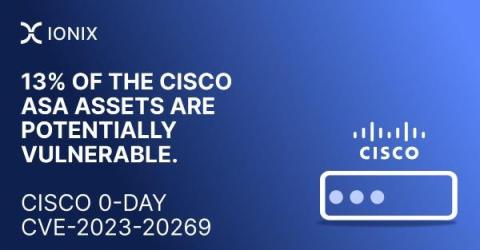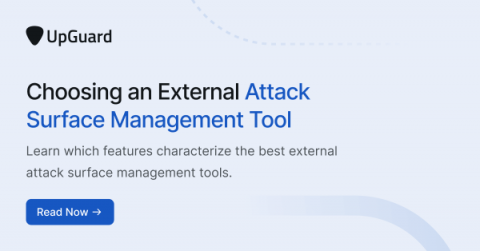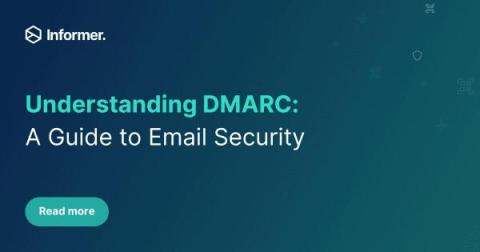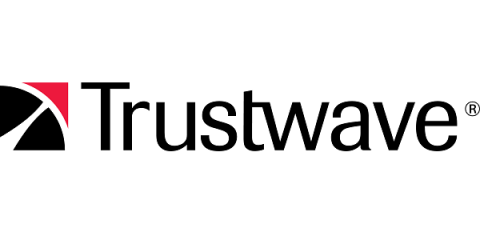Security | Threat Detection | Cyberattacks | DevSecOps | Compliance
ASM
Cisco VPN Zero-Day exploited by ransomware gangs (CVE-2023-20269) - Insights and best practices for defense
In the tech security scene, we’re always on the lookout for new vulnerabilities, especially when they are already exploited in the wild. The latest zero-day CVE-2023-20269 is hitting Cisco’s Adaptive Security Appliance VPN features. The attack surface scan conducted by IONIX research on a sample of organizations indicates that 13% of these appliances are potentially vulnerable through at least one interface.
Vulnerability Assessment Methodology: How to Perform a Vulnerability Assessment
There are flaws in every organization’s IT infrastructure, along with software that requires patching. These flaws could arise from various sources, such as human errors during software coding. Hackers are always on the lookout to exploit these flaws and applications. However, by following a vulnerability assessment methodology to perform vulnerability assessments, organizations can identify these weaknesses before the cyber adversaries do.
Three Ways to Enhance Your Cloud Security with External Attack Surface Management
The IT future is a cloudy one. Organizations are increasingly relying on cloud servers, as today’s IT environments use a combination of public and private clouds alongside on-premise infrastructure. Gartner® estimates that by 2026, 75% of organizations will adopt a digital transformation model predicated on the cloud as the fundamental underlying platform.
3 Best Practices for External Attack Surface Management
Choosing an External Attack Surface Management Tool (in 2023)
Attack Surface Intelligence - Promo
Understanding DMARC: A Comprehensive Guide to Email Security
Following METI's Attack Surface Guidance with Bitsight
Attack Surface Management: Challenges, Myths, and Solutions
In the modern era of interconnectedness and digitalization, the risk of cyber threats has increased in complexity and persistence. Organizations must adopt a proactive and strategic approach to security to safeguard their assets and minimize the likelihood of cyberattacks. One essential strategy in this regard is attack surface management. It enables businesses to identify and address potential vulnerabilities and exposures comprehensively.










